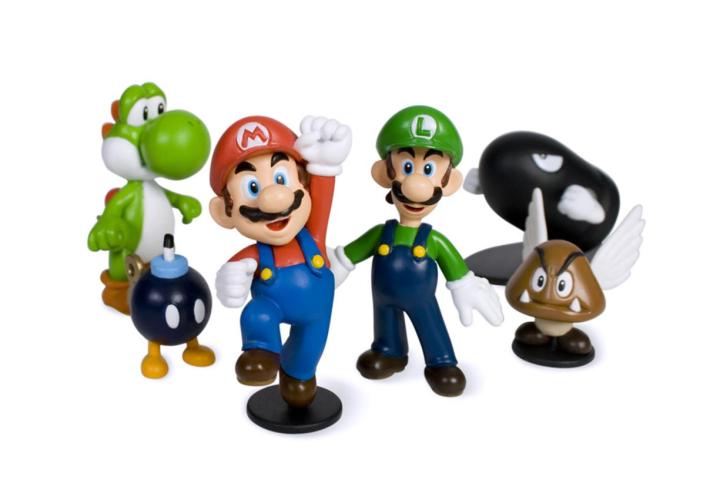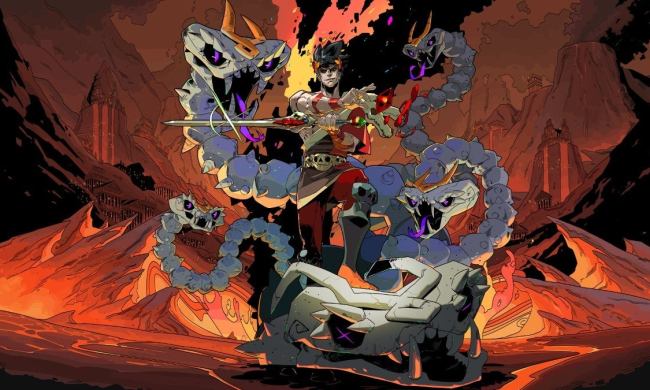
It’s not a good time to be Nintendo. The Kyoto-based company reported losses of nearly $457 million in its 2013 financial year. Neither the Wii U or the 3DS hit their respective projected figures, but Nintendo isn’t planning to just sit back and take a beating. The company announced several ways it plans to turn its fortunes around, and we’ve recapped them below. The question is: Will these plans be any better than the many that preceded them, or is Nintendo in for an even worse 2014?
Emerging markets ahoy
In an interview with Bloomberg, Nintendo president and CEO Satoru Iwata announced that Nintendo will develop and release new game devices for emerging markets. According to Iwata, the company would rather make products specifically tailored for those markets than sell cheaper versions of its existing devices.
“We want to make new things, with new thinking rather than a cheaper version of what we currently have,” said Iwata. “The product and price balance must be made from scratch.”
”We want to make new things, with new thinking rather than a cheaper version of what we currently have.”
As for the newly-opened Chinese market, Iwata said that while Nintendo won’t release products in China right away, it’s certainly monitoring the new market. “We think the Chinese market has a lot of potential, but I don’t think the lifting of the ban has solved all of the difficulties in entering it,” said Iwata. “We need to study it more.”
Mario figurines with NFC
Finally making use of the Wii U GamePad’s near-field communication (NFC) capabilities, Nintendo announced it will release a line of action figurines and video games codenamed the Nintendo Figurine Platform. During the company’s financial briefing, Nintendo showed off a Mario figurine as an example, showing how it can read and write game data across different titles. The figurine would allow players to “customize your NFP to raise or train your own Nintendo characters.” The idea is similar to those in Skylanders and Disney Infinity.

“Nintendo has a lot of well-known character IP that has originated in video games, and we have been regularly releasing titles from game franchises that make use of this character IP,” said Iwata. “This is why I believe a brand-new type of platform will be born when the character IP becomes compatible with NFP.”
According to Iwata, NFP will be compatible with Wii U software by the end of the year, while compatibility with 3DS software slated for next year. The 3DS doesn’t have built-in NFC, so Nintendo will release an NFP infrared reader for the 3DS in the first half of 2015. Nintendo hopes to show off NFP-related games and figurines currently in development during its E3 2014 briefing, which, like last year’s, will be broadcasted via live stream.
Watch others race each other with Mario Kart TV
Iwata announced something that might have taken us by surprise: Nintendo’s first mobile application, tentatively titled Mario Kart TV. The app allows you to watch and share gameplay footage and screenshots, which are both official and user-generated. In addition, you can view rankings and official tips. According to Iwata, if you don’t have a Nintendo Network ID, you can still use the service, which will support PC, mobile, and tablet devices.

“This Mario Kart TV (temp.) Web service is available even for players without NNIDs, but by logging into the service with an NNID, they will be able to easily find their rankings, videos that their friends have shared, videos of tournaments in which they have participated, and it will be convenient to access this service through smart devices even when they are not at home.”
Unfortunately, Iwata did not say when or if Mario Kart TV would make its way to western markets like the United States. The plan somewhat resembles a much smaller version of a platform like Twitch, which lets players watch people play multiple games.
Licensing Mario and Link out
Iwata mentioned that, since Nintendo announced plans to actively license its characters, several unnamed parties came forward with business proposals. With these proposals, you could see Mario and Link in places you have never seen them, though Iwata said Nintendo is not yet at a position where it can concretely talk about these proposals.
“We are not at a stage where we can share the specifics with you today, but we are seeing possibilities in licensing character IP in areas Nintendo has never worked before,” said Iwata. “I expect to be able to discuss some of the details before the end of this calendar year.” Nintendo already has partnerships with Dark Horse Comics, PEZ International, and Hybrid Apparel, among others, though it seems the horizon will get wider for Nintendo.
Releasing its big games, and using the GamePad more
Nintendo hasn’t forgotten that the Wii U and 3DS need games to survive. In the 3DS front, Nintendo hopes to keep the ball rolling with Tomodachi Life, Super Smash Bros. for Nintendo 3DS and Mario Golf: World Tour, as well as Monster Hunter 4G and the recently-announced Pokémon Omega Ruby and Alpha Sapphire.
As for the Wii U, the company is pinning its hopes on titles that will take advantage of the GamePad, as well as titles for the Wii U Virtual Console and the impending releases of Mario Kart 8 and Super Smash Bros. for Wii U. Finally, Nintendo will release an update for the Wii U that will speed up the boot time by 20 seconds.
Will this be enough for Nintendo to turn the tide?
If Nintendo didn’t have rich cash reserves and such popular game franchises, we’d be talking about a company that’s teetering on the edge of complete failure. Since that’s not the case, Nintendo will stay alive for a very long time. At the same time, that’s far from a comforting sentiment. The company won’t die anytime soon, but we should still be concerned about how Nintendo operates as a company.
Nintendo, from a big-picture perspective, is all about control. While its pre-recorded videos certainly saves the company money from dishing out cash for live press conferences, they also perpetuate the notion that Nintendo is in control of what it says and shows. Gamasutra ran an article that shows Nintendo’s lack of approachability, highlighted by Nintendo’s Business Development Manager Dan Adelman.
Nintendo is facing rough waters, and we’re skeptical any of these ideas will right the ship.
With Sony, you have Shuhei Yoshida and Adam Boyes. With Microsoft, you have Chris Charla. They all have personable characteristics that are apparent in their respective Twitter pages, and Sony and Microsoft are just fine with that. By having these approachable channels of communication, not only do indie developers have a way to communicate with the companies, but their often playful presence keeps things lively-enough to have them be an approachable channel to each respective company.
On top of increased approachability, Microsoft and Sony both seem to know exactly what they’re betting on. Microsoft is intently focused on video and multimedia, while Sony is currently leading the next-gen pack with a focus on power, great games, and better pricing. Nintendo is finally setting its eyes on capabilities of the GamePad, but it is likely too little, too late for Wii U, which is selling at 2/3 the rate of the company’s previous worst-selling console, the GameCube.
Nintendo’s corporate messaging and lack of approachability, combined with a general sense of reactivity rather than proactivity, has thrown it for a loop it will struggle to untangle for some time. Nintendo is facing rough waters, and we’re skeptical any of these ideas will right the ship.


